Winchester Cathedral's resident peregrine falcon named Mel lays eggs
- Published
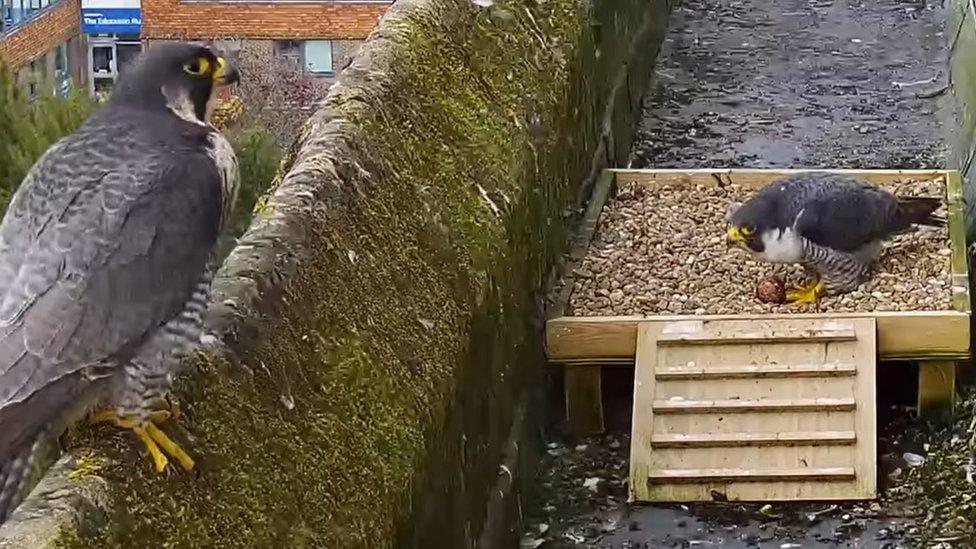
Fledglings are expected to hatch in May after a 32 day incubation period
A peregrine falcon has laid two eggs at Winchester Cathedral and experts expect to see more.
Mel, who took over as the site's resident female falcon in March after the previous bird Winnie was found dead, laid one egg on Friday and one on Sunday.
Keith Betton, chair of the Hampshire Ornithological Society, said normally peregrines lay up to four eggs.
He added that any fledglings should hatch in May.

Mel arrived at the cathedral in March and replaced long term resident Winnie
Mr Betton, who monitors the birds activity on a webcam, said: "I was worried that Mel might not lay eggs, and she is almost a month later than is normal.
"I am pleased that the connection between peregrines and Winchester has been maintained."
It is believed Winnie, the previous falcon at the cathedral, died earlier this year after an encounter with Mel.
Nothing is known about Mel's age or background as she is not ringed.
Winnie was a familiar sight over the Winchester having first nested on the old police headquarters building in 2011 before moving to the cathedral nesting site in 2017.

Mel, named after 19th Century writer Melesina Trench who is buried in the cathedral, mated with Winnie's former partner William
She had reared at least 27 chicks during her time in the city.
Mel, named after 19th Century writer Melesina Trench who is buried in the cathedral, mated with Winnie's former partner William.
The pair's eggs are expected to hatch after a 32 day incubation period.
Mr Betton said: "Incubation of the eggs will be carried out mainly by Mel, although William may take her place when she is off the eggs for a break."
Any new fledglings will be ringed to monitor their movements.
The peregrine falcon is the fastest flying bird and can regularly reach speeds of more than 100mph.
Numbers have recovered in recent decades, with 1,750 breeding pairs recorded in 2014.

Follow BBC South on Facebook, external, X, external, or Instagram, external. Send your story ideas to south.newsonline@bbc.co.uk, external.
Related topics
- Published12 March 2024
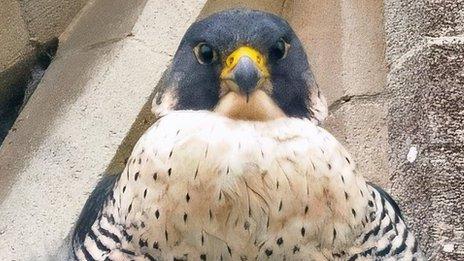
- Published6 March 2024
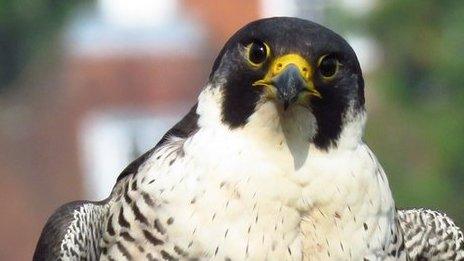
- Published6 June 2023
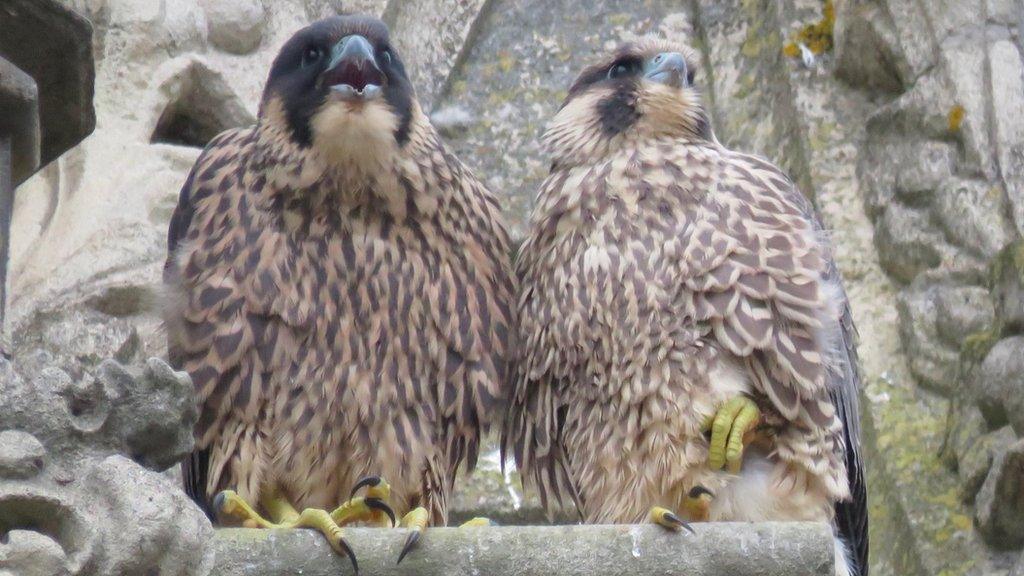
- Published19 May 2023
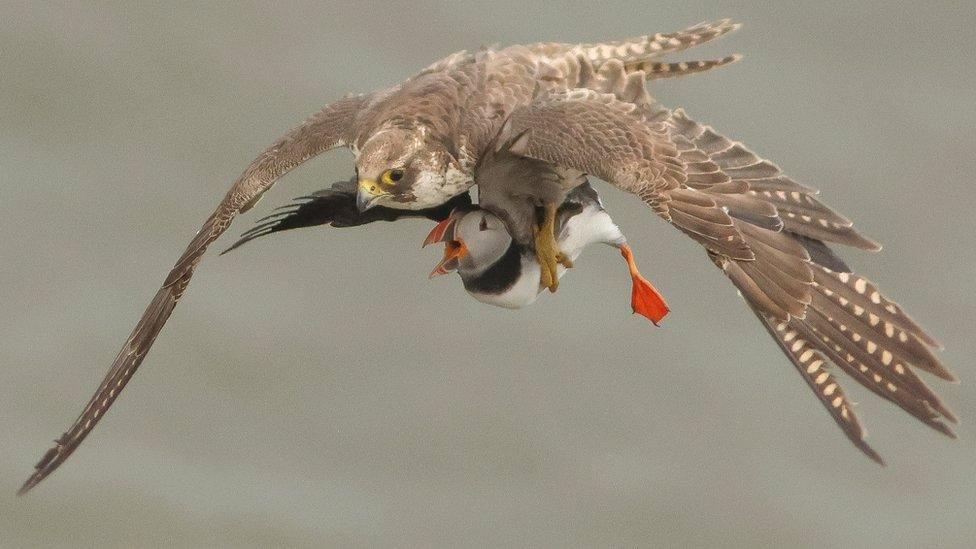
- Published6 October 2018
